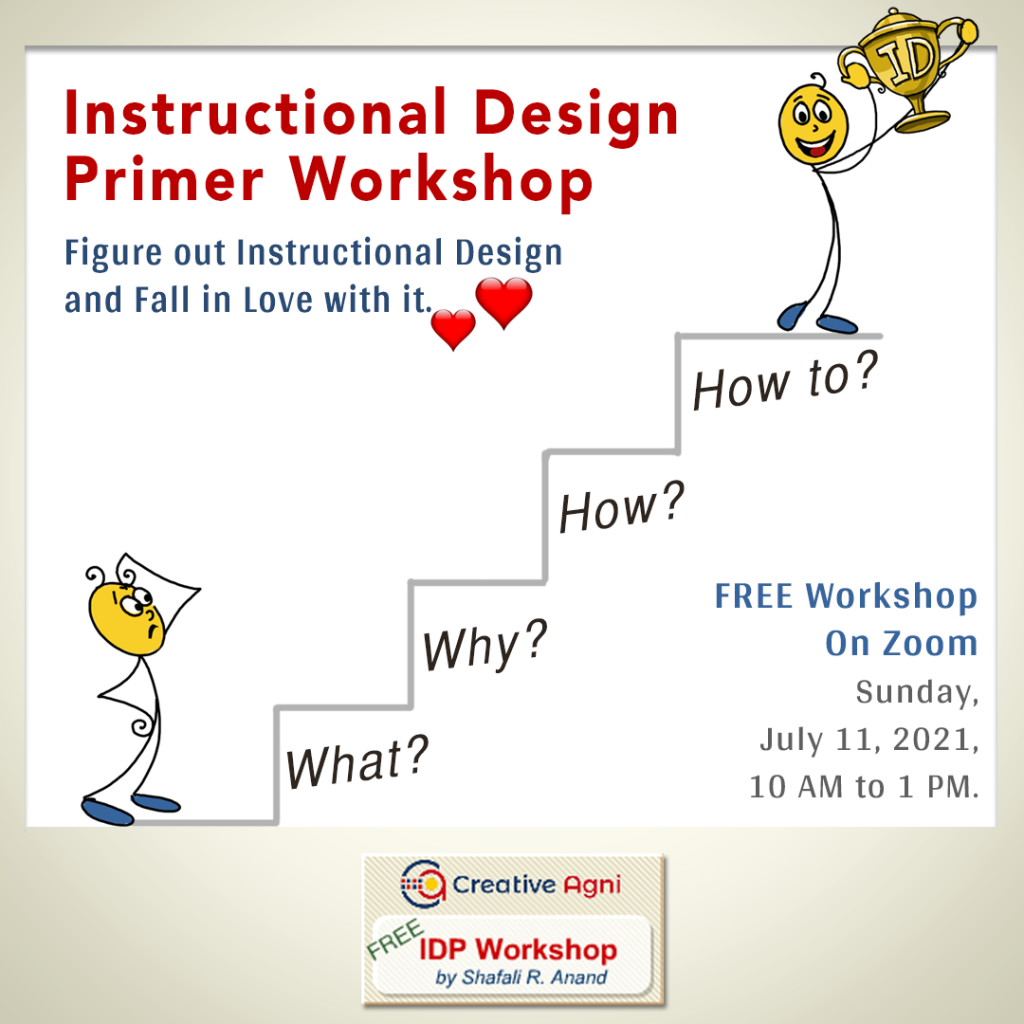This is the third and the final post in this series on Social Influence.
Our discussion so far tells us about the existence and impact of Social Influence. In a classroom, it can become a debilitating force when exerted by a disruptive participant. It can also alter the behavior of the participants for no “apparent” reason, thus, making it important for the trainer to understand the social under-currents in a classroom to ensure learning effectiveness.
Let us look at the six important factors of SI, once again; and review them from a trainer’s viewpoint.
- Charisma
- Reputation
- Manipulation
- Peer Pressure
- Emotion
- Authority
Of the six factors of SI that we learned about through the previous post in this series, Charisma and Reputation reside with the trainer, and the trainer can use them to exert a positive, directional influence on the class. The trainer needs to aware of Manipulation, Peer Pressure, and Emotion, so that he or she may identify their presence in a classroom and take appropriate measures. Authority is a factor that is always present with the trainer, but the trainer needs to use it with care.
Here’s how each of these factors could work in a trainer’s favor.
Charisma:
In the previous post of this series, we discussed the charismatic participant, who automatically begins to exert a certain influence on the other participants in the class. Now, let’s see how charisma becomes a trainer’s ally. If you are already a trainer, chances are, you already possess a certain charisma. This charisma could be a product of your good looks, your quick wit, your body language, your good dress sense, and/or your ability to tastefully and subtly make a statement of affluence.
Hidden in the above statement are clues to enhancing your charisma. If you think that you don’t look good, work on your looks. Reflect upon the possibility of a gym-membership, or a visit to a beauty parlor! If you think you aren’t quick-witted enough, read up anecdotes and practice them upon your unsuspecting relatives. Dress well for your training programs, improve your posture along with rest of your body language, and of course, don’t look like a pauper when you walk into the classroom. You must be a cool dude, who prefers to wear Bermudas and who sports a tattoo on his neck, you might want to wear tee-shirts to the training program – resist your urge. Wear good clothes, sensible shoes, a formal watch; and women trainers, please wear the bare minimum of jewelry – make an impact! Be charismatic!
Reputation:
This is simple to understand, though somewhat difficult to apply. Build your reputation – not so much as a trainer, but as an expert in the area in which you train. For instance, if you are a Communications Trainer, you should be considered an expert in that area. Expertise will help you exert a very strong influence on the class. The cognitive dissonance will be reduced substantially, if not eliminated completely. Your expertise will help you make your training programs more efficient.
If, however, you are not an expert (nor have willingness to become one – especially in the current era of multi-skilling,) bring the “knowledge of experts” to your classroom. Learn about the subject, and what the experts have to say about it. It will lead to similar though not equally strong influence.
Manipulation, Peer Pressure, and Emotion:
I am taking them up together, because I don’t think that a trainer can do a lot with these factors, but I believe that their awareness could help the trainer reduce friction and improve harmony in the classroom.
The first step is, of course, identification.
Try to identify:
- the possible manipulator.
- people who’d given to peer-pressure and groupthink.
- People who might have an emotional connection with one another.
Now,
- Restrain the manipulator, by taking charge and letting the class realize that your SI is greater than the prospective manipulator’s.
- Raise the confidence levels of people who might succumb to peer-pressure. Motivate them to ask questions for seeking clarifications.
- Establish physical distance between people with emotional connections.
Authority:
As a trainer you are always equipped with Authority. Authority is the greatest of influencers. Wars would never be fought if it weren’t for authority, terrorism would vanish from the face of our dear Earth, if not for authority! On the other hand, no organization would be able to create value in the absence of Authority.
Thus, with Authority, the issue has more to with its usage. How should you use the authority that comes with being a trainer?
I’d recommend staying aware of the flip side, and reviewing the feedback to determine whether your authority is being received positively or not.
Authority will make the participants do what you ask them to do (remember the Milgram Experiment?), but whether or not they do it willingly is a question that you need to answer…and then ask yourself, whether unwilling participation is better than willing non-participation!
I guess that there’s a lot a trainer can achieve by understanding and then using Social Influence correctly.


